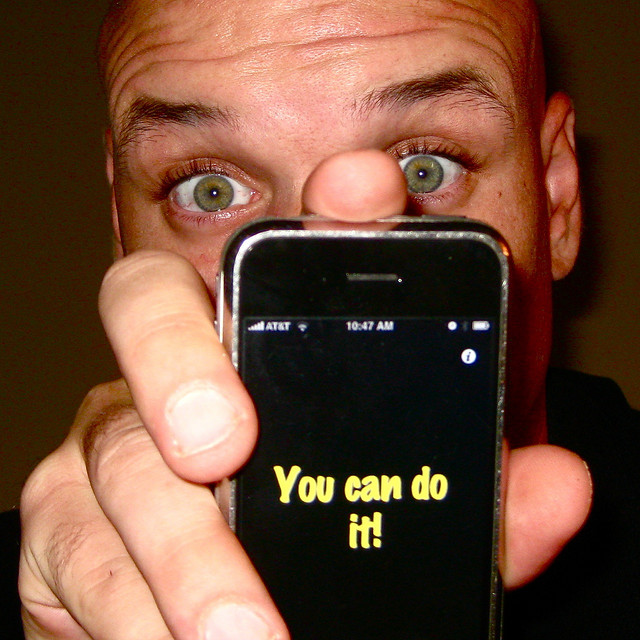How to Motivate Employees with Achievable Goals


- too extreme
- out of reach
- complex
- distracting from other goals
He lifted his hands to his lips (like Michaelangelo's 'The Thinker') and thought about his SMART goal:
- It was not extreme to have Sales Reps read PowerPoint presentations
- It seemed reachable to be done (depending on time given)
- There may be too many PowerPoint presentations to read and learn
- It may decrease sales performance
He lifted his head and reached for a pen with his right hand and changed the measurable component of his SMART Goal to say:
"Create, display and reinforce employee education through an employee recognition program by developing an educational 3 PowerPoint and track achievement through a CrewHu contest that quantitatively ranks & rewards those who filled out the 3 Surveys!"
With a few strike-throughs he had made his SMART goal more attainable and felt confident that his employees would be motivated to improve customer service by 5%.

- How can the goal be accomplished?
- How realistic is the goal based on other constraints?
Johnny thought of his team's daily schedules and he thought of the technology they used. Since the job description required them to have experience with PowerPoint he was pretty confident that they could read and learn the educational material. But the Sales Reps didn't use CrewHu (the employee engagement software) yet and he knew he needed to give them appropriate time to consume the education and get used to using the software. He thought he could do this in 2 easy steps:
Step 1: Create a Goal to get everyone trained
Step 2: Create the Customer Service Contest in CrewHu
He also took into account their duties and decided it would be best to have them read the Powerpoint during their non-selling hours from 8am-9am every Monday and engage in CrewHu during the workday where he could post on the spot questions to his team and give recognition awards to those who answered correctly. This employee recognition program would allow them to put these new concepts into practice with clients in real-time! He felt even more comfortable with this clear division of tasks and concluded that it would not affect his Sales Reps 1-on-1 time with the customers!

CREATE SMART GOALS LIKE JOHNNY, CLICK BELOW...
Topics: employee engagement, smart goals, achievable
![FREE SMART Goals Template [Download Now]](https://no-cache.hubspot.com/cta/default/445399/4ec7e29e-5623-4fe2-a0f7-e66b017c0d10.png)






